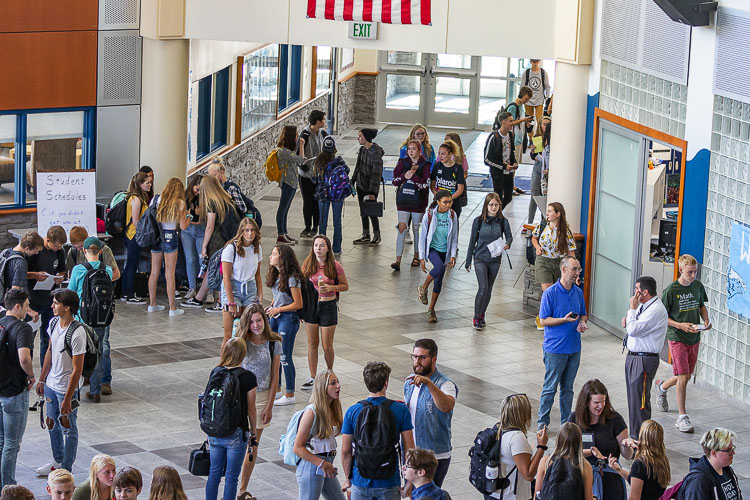
Under SB 5735 teachers would teach Monday through Thursday, give out homework, then not see students again until the following Monday
Liv Finne
Washington Policy Center
A bill introduced by Senator Manka Dhingra (Democrat, Kirkland), SB 5735, would cut classroom instruction time for students in public schools by 20 percent. The bill would use an administrative maneuver to re-define “instructional hour” to include so-called “asynchronous” learning time. “Asynchronous” is a political euphemism for “homework.” The bill would treat the time students spend on their homework as active teaching time, and cut class instructional time by one day per week.

The insider term “asynchronous” dates from the governor’s shut-down order in March 2020. At the time the State Board of Education and the Office of Superintendent of Public Instruction (OSPI) created mandatory “synchronous” learning, a teacher talking to students online over Zoom. So officials decided that students working without teachers is “asynchronous” learning, commonly known as homework.
Now some lawmakers want to make this emergency measure permanent. Under SB 5735 teachers would teach Monday through Thursday, give out homework, then not see students again until the following Monday.
The cut in learning time would add to the falling academic standards in public schools. The latest test scores show 70 percent of students failing in math, and 53 percent are failing in English. Students have already lost learning since the governor closed the schools in 2020 and many schools have only partially reopened since then.
Our research shows the State Board of Education and OSPI are lowering academic learning standards and weakening high school graduation standards, while devoting more time on racially-based CRT training.
In addition, some school districts are taking three- and four-day weekends, often with no or little notice to parents.
The proposed cut in instructional hours comes as schools are receiving record levels of funding, over $17.5 billion in education spending. Average teacher pay and benefits is $120,000 a year for ten months, and per-student spending is $16,800 a year, more than tuition at most private schools.
This helps explain why 41,000 families have pulled out of Washington’s public schools. It also explains the growing popularity of school choice, as families who care about their children’s future look for alternatives. A different bill, HB 1886, would give families access to up to $10,000 each so children could attend private schools, full-time online school or other schools that provide five full instruction days a week.
All educators know that students learn as a result of time on task. The more in-person instructional minutes or hours are devoted to a particular lesson the better children learn. Lowering standards and cutting instructional time, as SB 5735 would do, denies children access to a high-quality public education and to the skills needed to become life-long learners.
As lawmakers consider a 20 percent cut in learning time, it’s no wonder the search for school alternatives is becoming increasingly popular.
Liv Finne is the director of the Center for Education at the Washington Policy Center.




